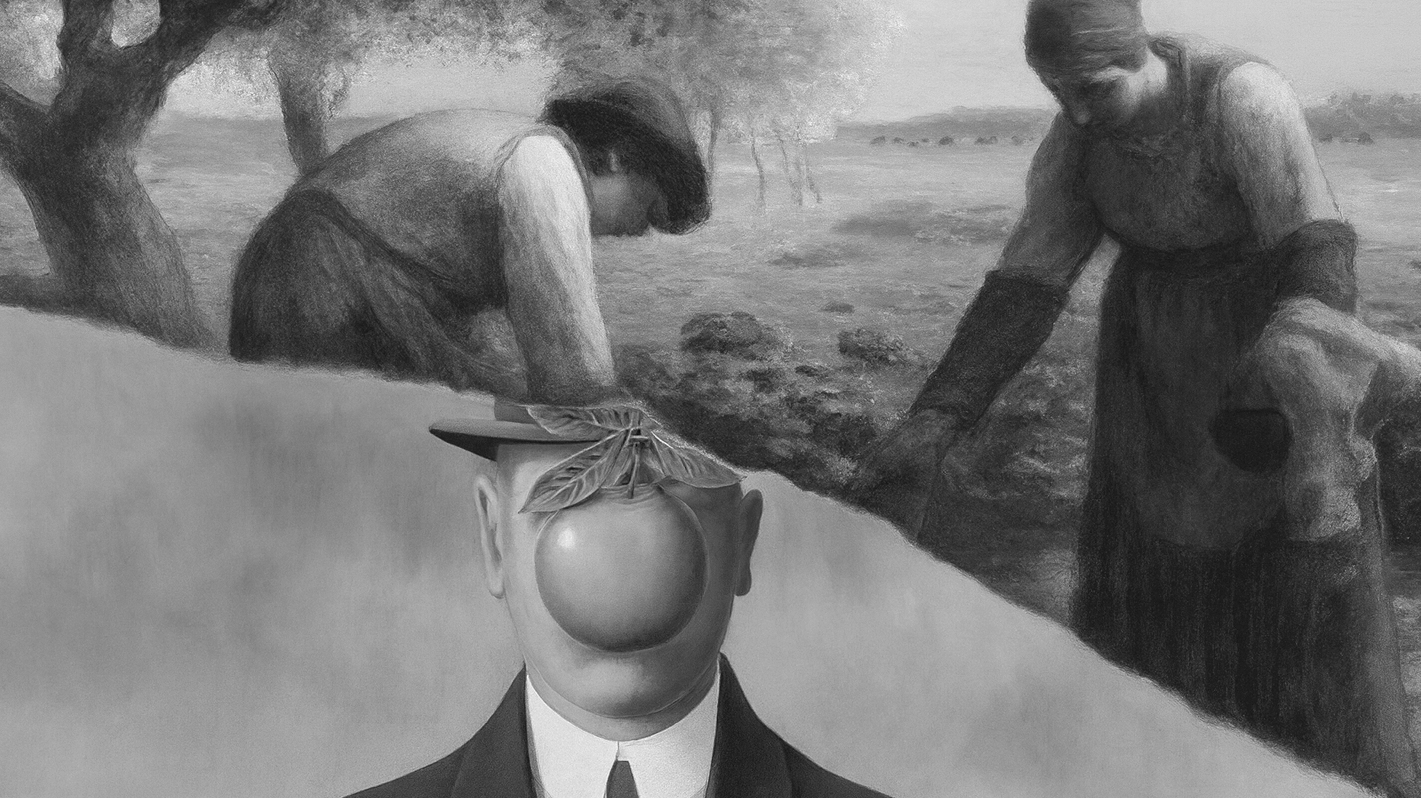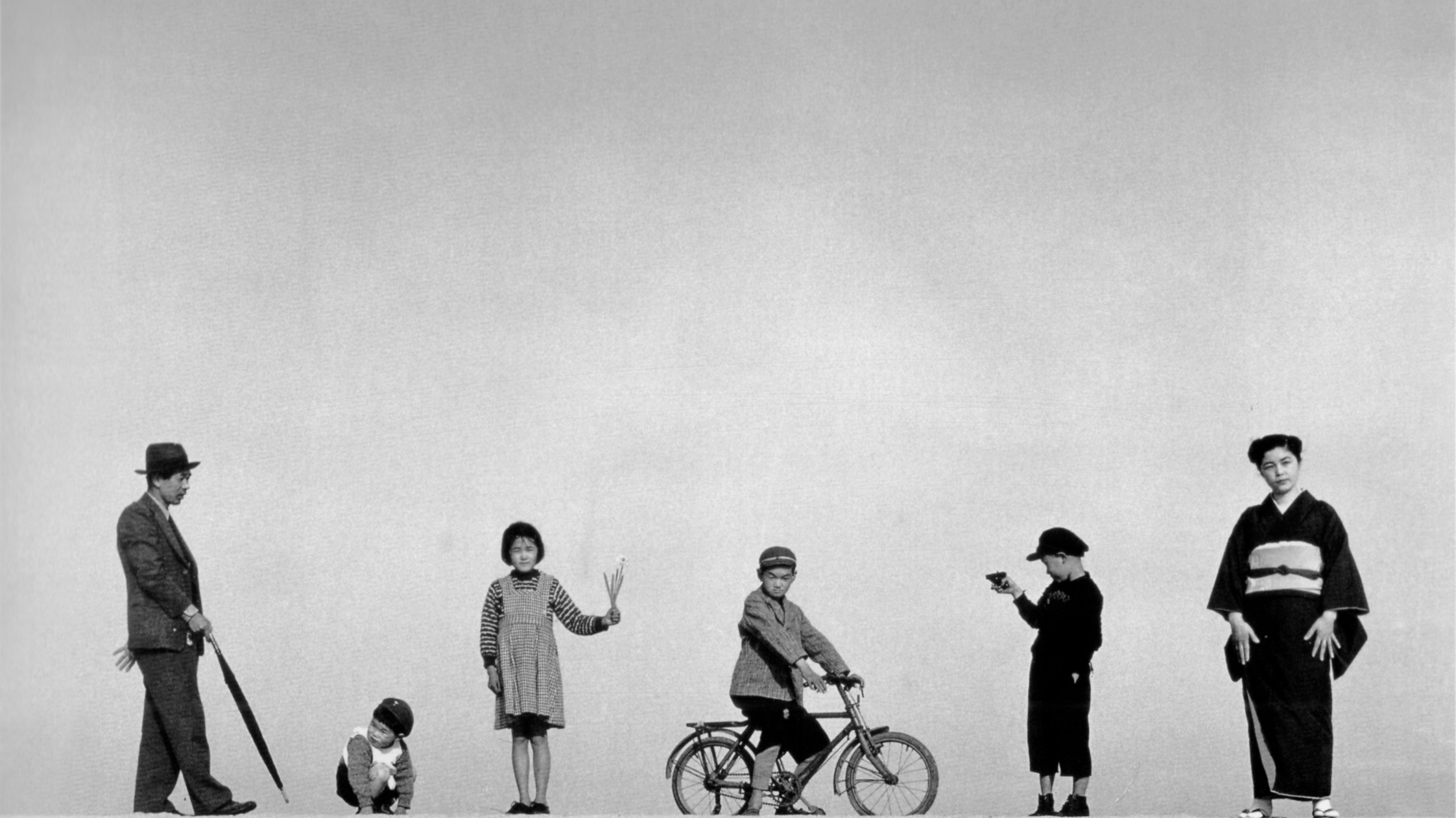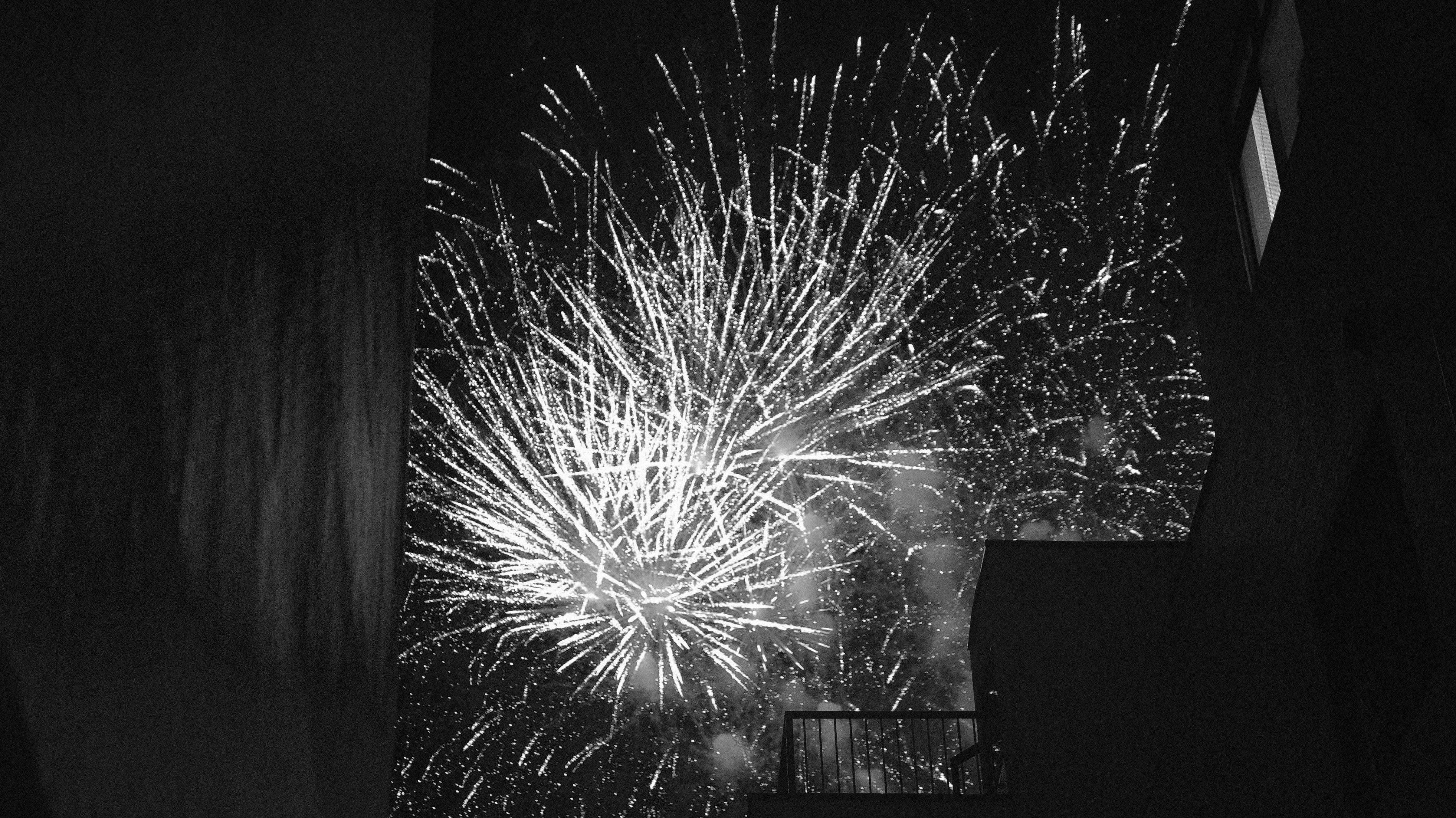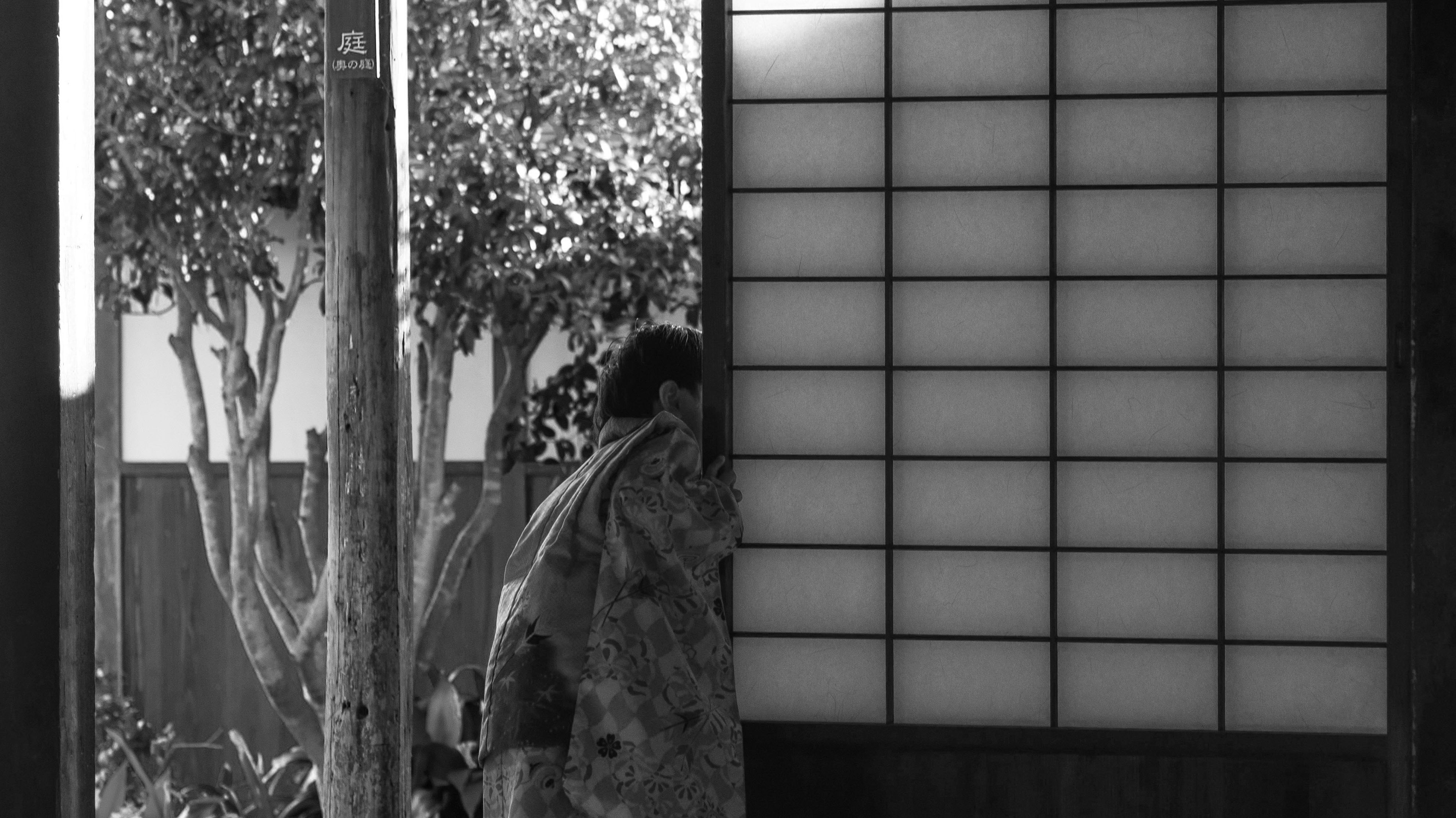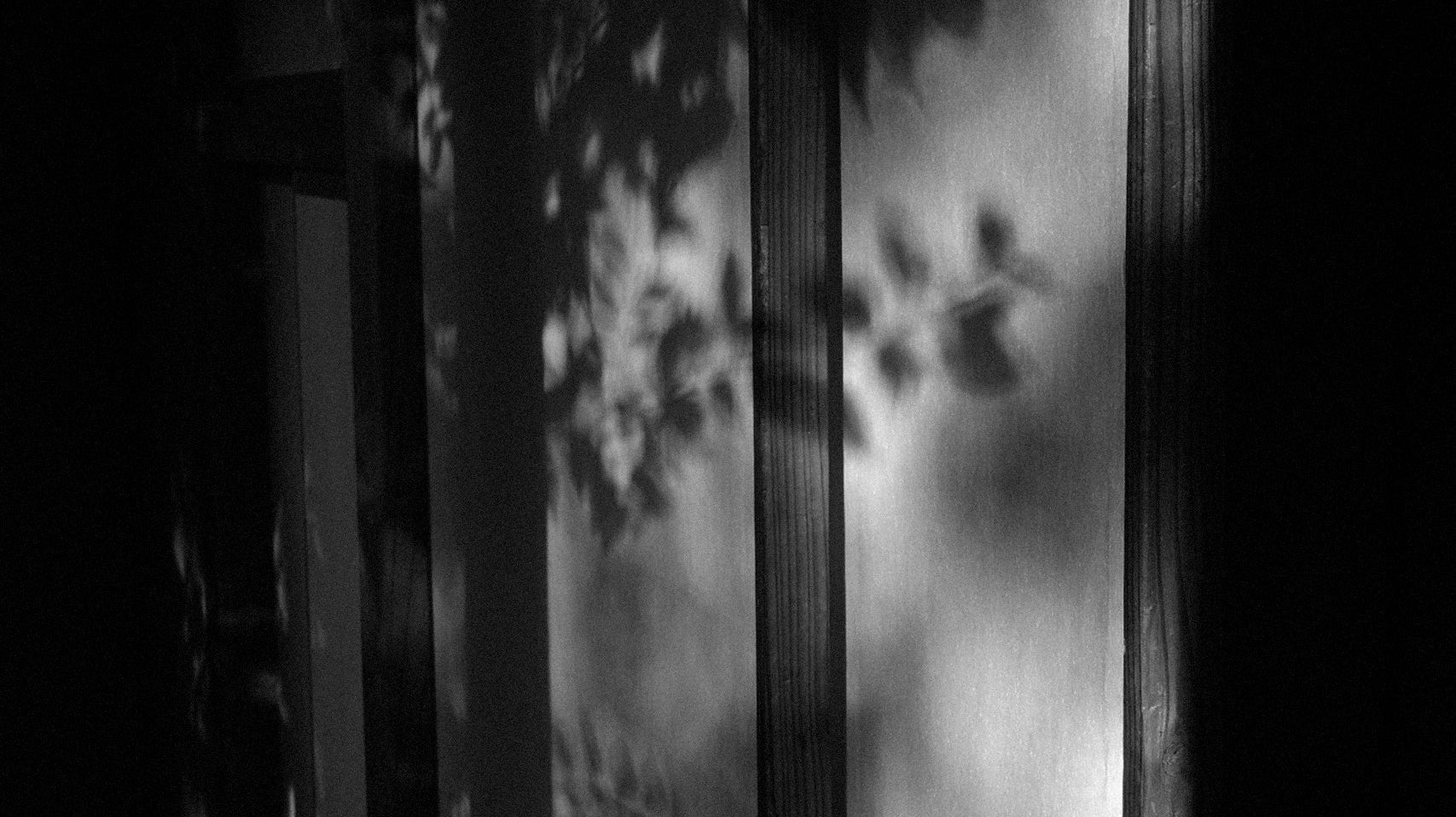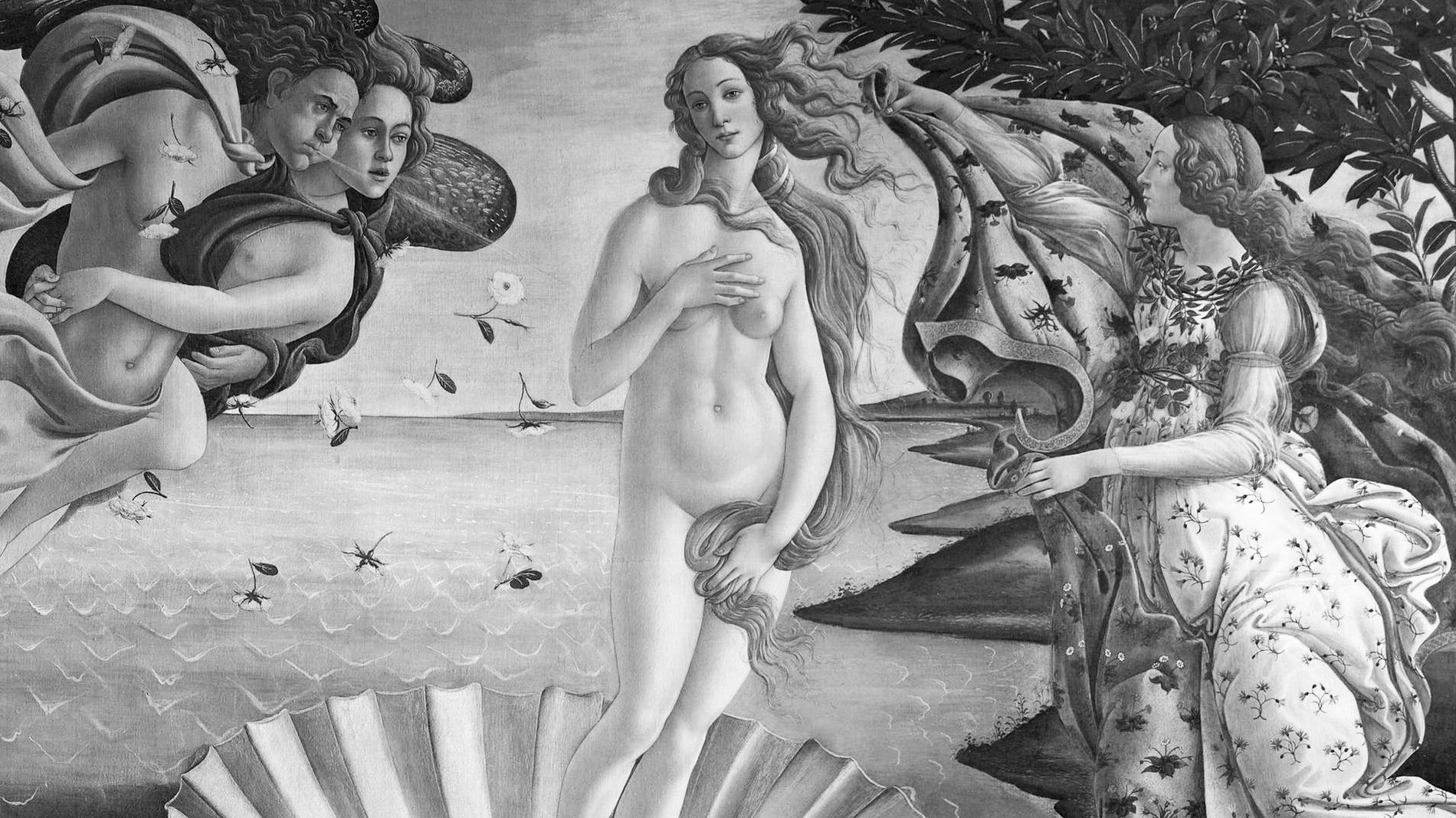Montage comes from the French word for “assembly” or “editing.” While most people think of it as a film technique, montage has long been a powerful tool across the arts. By combining fragments—whether photographs, painted images, or graphic elements—artists create new meanings that go beyond the sum of their parts. From early avant-garde photomontages to contemporary digital compositions, montage has shaped how we understand images, ideas, and storytelling in art.
What Is Montage in Art?
The word montage comes from French, meaning "assembly" or "editing." Although many people connect it with film, montage is a technique that extends across literature, visual arts, photography, and even music. At its core, montage is about bringing different elements together, whether images, words, or sounds, to create new meaning, convey emotion, or spark a reaction in the viewer. By placing fragments side by side, artists highlight contrasts, reveal hidden connections, and invite audiences to see familiar subjects from fresh perspectives.
Over time, montage has taken on many forms, evolving alongside major artistic movements and cultural shifts. From the bold photomontages of the Surrealists to the digital collages of contemporary art, montage has remained a driving force in creative expression. It continues to challenge conventions, expand visual language, and open up new ways of storytelling in both traditional and modern media.
What Is Photomontage in Art?
A photomontage is a type of collage made from photographs. According to Tate, it is often used as a tool for political dissent and gained particular importance during the early 20th century with movements like Dadaism and Surrealism. First developed by the Dadaists around 1915 as a protest against the First World War, photomontage became a way to challenge authority and question social norms. Surrealist artists later expanded its possibilities by combining unexpected images through free association, reflecting dreams and the unconscious mind.
Artists such as Hannah Höch, John Heartfield, and Raoul Hausmann pioneered the use of photomontage to deliver sharp social and political critique. Their bold works exposed contradictions in society and gave visual form to revolutionary ideas.
By the 1920s, Russian Constructivists like El Lissitzky and Aleksander Rodchenko used photomontage to design posters, pamphlets, and propaganda. They emphasized dynamic compositions filled with text, machinery, and industrial imagery—powerful symbols of socialist ideals and visions of a new society.
László Moholy-Nagy, Militarismus (Propagandaplakat), 1924.
Photomontage continues to influence contemporary art, particularly within conceptual practices. Many conceptual artists use fragmented or layered photographs to explore abstract ideas, emotions, and cultural commentary. Instead of offering a single narrative, these works encourage open-ended interpretation, inviting viewers to find connections between images and discover new meaning.

El Lissitzky, Record, 1926.
Are Montage and Collage the Same Thing?

Martha Rosler, Cleaning the Drapes, from the series House Beautiful: Bringing the War Home, ca. 1967-1972.
At first glance, montage and collage may seem alike—both combine different visual elements into a new composition. However, they are not exactly the same. Collage typically refers to the physical layering and juxtaposition of materials such as paper, photographs, or fabric to create depth, texture, and visual contrast. Montage, on the other hand, often emphasizes the dynamic arrangement or sequencing of images, aiming to tell a story, suggest movement, or convey a specific message.
In simple terms, collage can be seen as one form of montage within the visual arts. While collage highlights materiality and texture, montage broadens the idea by focusing on narrative, rhythm, and meaning through the way elements are combined.
A Brief History of Montage in Art

Dora Maar, Untitled (Hand-Shell), 1934.
1910s –
Dadaism and the Birth of Photomontage
Montage first gained prominence during World War I with the Berlin Dadaists. Artists like Hannah Höch, Raoul Hausmann, and John Heartfield began cutting and recombining photographs from newspapers and magazines. Their satirical photomontages critiqued war, nationalism, and consumer culture.
1920s –
Surrealism and the Unconscious
Surrealist artists such as Dora Maar and Max Ernst expanded the possibilities of montage. They used unexpected juxtapositions to reveal the subconscious, create dreamlike imagery, and question reality itself. Montage became a visual language of surprise, chance, and free association.
1920s–1930s – Constructivism and Political Design
In the Soviet Union, El Lissitzky and Aleksander Rodchenko used photomontage as a revolutionary design tool. Posters, books, and propaganda combined photographs, geometric shapes, and bold text to promote socialism, industry, and collective ideals.
1930s – Political Resistance
Montage was embraced as a weapon of resistance, especially by John Heartfield, whose anti-fascist photomontages exposed the brutality and corruption of the Nazi regime. His powerful works in the magazine AIZ remain iconic examples of art as political protest.
1960s–1970s – Conceptual Art and Media Critique
In the postwar period, artists like Martha Rosler and John Baldessari used montage to challenge media representation, consumerism, and cultural narratives. Their works showed how fragments of found imagery could critique social structures and spark critical reflection.
1980s–Today – Contemporary Explorations
Montage continues to inspire contemporary artists, from David Hockney’s photographic “joiners” to John Stezaker’s poetic collages. Digital tools have expanded its possibilities, but the essence remains the same: combining fragments to question reality, create new meanings, and reflect the complexities of modern life.
Key Figures of Montage in Art
Hannah Höch

Hannah Höch, Flucht (Flight), 1931.
Hannah Höch (1889–1978) was a pioneering German Dada artist best known for her bold photomontages and political collages. She appropriated and recombined images and text from newspapers, magazines, and mass media to critique popular culture, gender roles, and the politics of the Weimar Republic. Her sharp, often humorous works challenged stereotypes—particularly the idea of the so-called “New Woman” in Weimar Germany, who was portrayed as man’s equal but still trapped within social expectations.
Höch drew inspiration from the collage experiments of Pablo Picasso and fellow Dada artist Kurt Schwitters, but her own work pushed these ideas further. Her photomontages are layered, dynamic, and uncompromising in their social critique. As Höch herself remarked, “there are no limits to the materials available for pictorial collages—above all, they can be found in photography, but also in writing and printed matter, even in waste products.”
Today, Höch’s photomontages still resonate with their avant-garde spirit and rebellious edge, reminding us of the power of montage as both an artistic and political tool.
John Heartfield

John Heartfield, Untitled (Diagnosis), 1935.
John Heartfield (1891–1968), born Helmut Herzfeld, was a pioneering German artist and a central member of the Berlin Dada movement. He changed his name to an anglicized version as a protest against the rising tide of nationalism in Germany during World War I.
Heartfield became best known for his powerful agitprop photomontages, which combined sharp political critique with striking visual impact. Among his most famous contributions were the photomontage covers he created for the leftist magazine Arbeiter-Illustrierte-Zeitung (AIZ). In these works, he used the same tools as the mass media—photographs, captions, and bold graphics—but turned them against those in power. His montages exposed the corruption, greed, and brutality of the Nazi regime, making art a weapon of resistance.
Although Heartfield’s work was groundbreaking, his strong leftist politics meant that for many years it received little recognition in the West. Today, however, his photomontages are regarded as some of the most effective examples of art as political protest, and his legacy continues to inspire socially engaged artists worldwide.
Raoul Hausmann

Raoul Hausmann, The Art Critic, 1919–20.
Raoul Hausmann (1886–1971), one of the founders of Berlin Dada, is often credited as a pioneer of photomontage. He saw the technique as a radical way to deconstruct the polished images of mass media and expose the contradictions of consumer culture. Through fragmented compositions, Hausmann created biting social and political commentary that reflected his strong anti-war and anti-authoritarian views.
Hausmann emphasized the power of photography to capture fleeting perspectives, once writing: “What is important is that our optical awareness rids itself of classical notions of beauty and opens itself more and more to the beauty of the instant and of these surprising points of view that appear for a brief moment and never return; those are what make photography an art.”
Working alongside his companion Hannah Höch, Hausmann developed cut-and-paste “anti-art” strategies that directly challenged the artistic traditions of the time. His photomontages remain a landmark of the Dada spirit—rebellious, experimental, and unafraid to question both art and society.
László Moholy-Nagy

László Moholy-Nagy, Love Your Neighbor; Murder on the Railway, 1925.
László Moholy-Nagy (1895–1946) was a Hungarian artist and one of the most influential teachers at the Bauhaus. Renowned for his experiments in photography, photomontage, and graphic design, he believed that new media could transform both art and everyday life. One of his most innovative contributions was the creation of cameraless photographs, which he called photograms.
Moholy-Nagy approached photomontage as a way to explore the dynamic relationship between form, space, and light. His works often incorporated abstract geometric shapes, industrial motifs, and striking contrasts of light and shadow. Through these elements, he captured the spirit of modernity—its energy, speed, and constant transformation.
For Moholy-Nagy, photography and photomontage were not just artistic tools but also ways to express the essence of modern urban life. His legacy at the Bauhaus continues to influence design, photography, and visual culture today.
Dora Maar

Dora Maar, Sans titre, 1935.
Dora Maar (1907–1997) was a French artist, photographer, painter, and poet who rose to prominence in the 1930s with her provocative photomontages—now celebrated as icons of Surrealism. In her photographic practice, she experimented with techniques such as photomontage, double exposure, and solarization to produce dreamlike, unsettling images that blurred the line between reality and imagination. Her creativity also extended into commercial work, including fashion, advertising, and social documentary photography.
Unlike many of her contemporaries, Maar rarely used images taken from illustrated magazines or newspapers. Instead, she often drew from her own street and landscape photography, weaving personal imagery into her photomontages. This distinctive approach gave her work a unique character, setting it apart within the Surrealist movement and highlighting her ability to merge technical innovation with deeply personal vision.
Montage and Conceptual Art
Montage remains a powerful artistic strategy, continuing to shape the practices of contemporary artists and designers. Within conceptual art, montage has proven especially influential. Since conceptual art prioritizes the idea behind the artwork over its aesthetic or material qualities, montage, with its ability to juxtapose and combine disparate elements, offers a compelling way to express abstract concepts and provoke critical reflection.
In this context, montage becomes more than a visual technique: it is a method of deconstructing and reconstructing meaning. By fragmenting and reassembling found images, archival material, and text, conceptual artists blur the boundaries between reality and fiction, truth and illusion. These strategies invite viewers to question assumptions, challenge cultural narratives, and explore new ways of seeing.
A leading example is John Baldessari, a pioneering figure in conceptual art. He often reimagined pop cultural references and art historical imagery, transforming them into witty meditations on image, language, and authenticity. His playful use of montage, infused with irony and humor, critically examined traditional notions of art and representation, underscoring how montage can expand the very definition of what art can be.
John Baldessari, Stairway, Coat and Person, 2011.
Contemporary Artists and the Use of Montage
In contemporary art, montage continues to be a vital tool for exploring abstract ideas, emotions, and cultural commentary. By combining fragmented or disjointed images, artists create works that challenge viewers to look beyond the surface and discover new layers of meaning. This approach encourages personal interpretation and makes the viewing experience more open-ended and engaging.
Today’s artists use montage to question social norms, reflect on collective memory, and experiment with the relationship between image and narrative. Whether through digital media, photography, or mixed techniques, montage remains a dynamic way to spark reflection and connect with audiences on multiple levels.
David Hockney

David Hockney, My Mother Sleeping, L.A., 1982.
David Hockney (b. 1937, Bradford, United Kingdom) is one of the most influential British artists of the 20th and 21st centuries. Celebrated for his work across painting, drawing, printmaking, and collage, Hockney also revolutionized the use of photomontage with his innovative “joiners.”
In these works, Hockney assembled dozens of photographs into a single composite image. By capturing a subject from multiple angles and stitching the images together, he created a fragmented yet dynamic perspective that feels both detailed and alive. This technique conveys movement, suggests the passage of time, and allows viewers to experience the scene as if walking through it rather than viewing it from a fixed point.

Martha Rosler, Beauty Rest from the series House Beautiful: Bringing the War Home. c. 1967–72.
Martha Rosler (b. 1943) is an American conceptual artist best known for her use of photomontage to critique social and political issues, including war, gender roles, and media representation. One of her most recognized series, House Beautiful: Bringing the War Home (1967–72), combines images of the Vietnam War with glossy magazine interiors. By placing scenes of conflict within the comforts of domestic spaces, Rosler exposed the stark divide between media portrayals and lived realities.
Rosler’s photomontages do more than juxtapose images. They invite viewers to question how media shapes perception, desensitizes audiences, and reinforces cultural narratives. Her work shows how montage can be a powerful vehicle for political critique, turning everyday imagery into a sharp commentary on society and its contradictions.
John Stezaker

John Stezaker, Marriage (Film Portrait Collage) CXVI, 2015.
John Stezaker (b. 1949) is a British conceptual artist renowned for his photomontages made from found imagery, including postcards, film stills, and commercial photographs. His work is deeply influenced by early Surrealist and Dada artists such as Kurt Schwitters, Hannah Höch, and Man Ray, yet it carries a distinctly contemporary sensibility.
Stezaker is considered a leading figure in modern photomontage and appropriation art. By carefully selecting and recombining vintage materials such as Hollywood film stills, travel postcards, and archival photographs, he creates small-format collages that evoke qualities of Surrealism, Dada, and found art. His process, which he describes as letting images “find him,” results in uncanny and poetic compositions. With meticulous precision, Stezaker cuts, overlays, and fuses disparate images to construct new identities, dreamlike landscapes, and thought-provoking visual narratives.
